Canon Patent: 6-30mm (eq. 28-140) Zoom for Compact Cameras
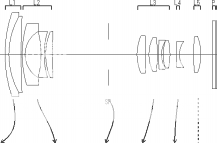
Egami (translated) spotted a Canon patent for a zoom optic to be featured on PowerShot G and/or S-series compact cameras. Description and performance chart after the break.

Egami (translated) spotted a Canon patent for a zoom optic to be featured on PowerShot G and/or S-series compact cameras. Description and performance chart after the break.
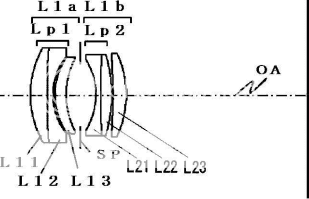 |
 |
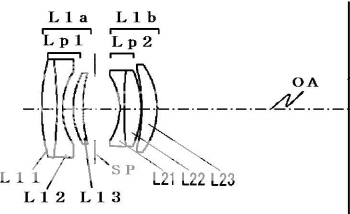 |
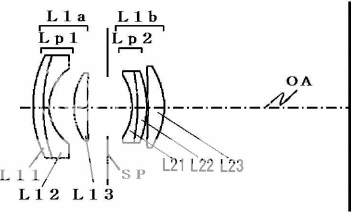 |
Japanese site Egami (translated) spotted new patents filed by Canon. All are for f/2.8 pancake lenses: 45mm, 40mm, 35mm, 28mm. Canon has two pancake lenses in their line-up: the EF 40mm f/2.8 STM and the EF-M 22mm f/2 STM
| Focal length | Fno. | Half angle | Configuration length | Total length | BF | |
|---|---|---|---|---|---|---|
| One | 45.00 | 2.80 | 25.68 | 20.00 | 57.99 | 37.99 |
| Two | 39.00 | 2.80 | 29.02 | 23.50 | 62.50 | 39.00 |
| Three | 35.00 | 2.80 | 31.72 | 25.00 | 63.01 | 38.01 |
| Four | 28.00 | 2.80 | 37.69 | 27.00 | 65.00 | 38.00 |
Image height = 21.64mm
Perfomance:
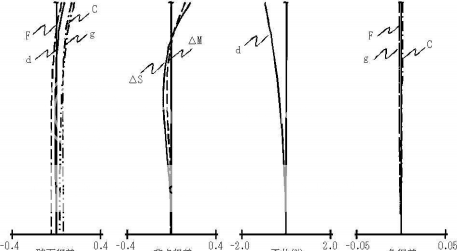 |
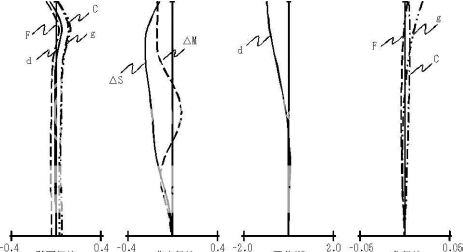 |
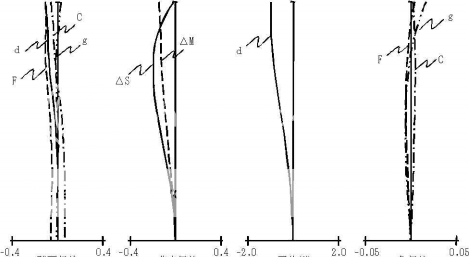 |
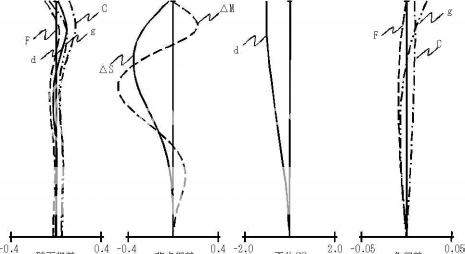 |

Egami (translated) spotted the next patents filed by Canon:100-400mm f/4.5-5.6 and 70-300mm f/4.5-5.6 Lenses.
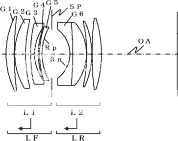 |
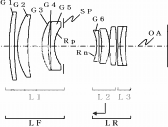 |
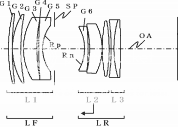 |
 |
Egami (translated) spotted new patents for lenses filed by Canon: 85mm f/1.2, 85mm f/1.8, 135mm f/2 and 50mm f/1.4.
| Focal length | Fno. | The overall length of the lens | BF | Lens constitution | |
|---|---|---|---|---|---|
| One | 85.00 | 1.24 | 122.56 | 38.35 | 10 pieces of six groups |
| Two | 83.30 | 1.80 | 116.11 | 39.11 | 10 sheets in 7 groups |
| Three | 132.30 | 2.06 | 162.67 | 43.23 | 10 sheets in 7 groups |
| Four | 51.70 | 1.41 | 87.84 | 38.94 | 7 group nine |
Image height Y = 21.64mm

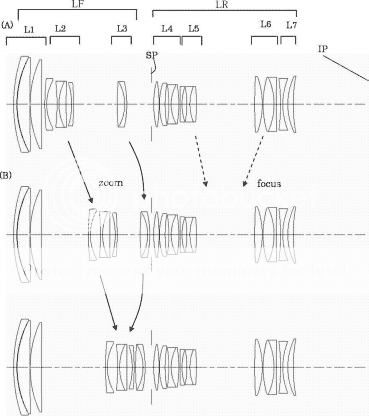
Egami (translated) spotted a patent filed by Canon that most probably refers to the next iteration of the Canon EF 70-200mm f/4L USM, released in 2006. Canon has another 70-200 in their lineup, the image stabilized EF 70-200mm f/4L IS.
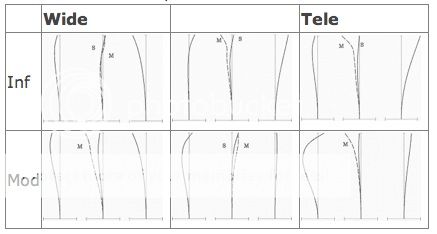
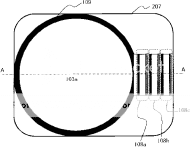
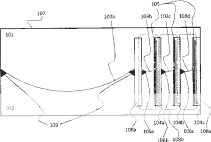 |
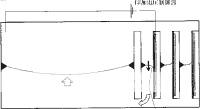 |
Figure above: When electricity is applied the optical element gets a shape.
Another Canon patent spotted by Egami (translated).
Liquid lenses have a series of advantages over traditional lenses. Beside not having moving parts (and thus less mechanical parts), they respond quicker to electrical signals, they do not have a motor (you thought that USM was the big thing? Think again) and they are naturally much more silent. The lack of a motor also means such a lens needs less electrical power, hence the battery lasts longer. Liquid lenses are most likely going to be employed in compact cameras and/or smartphones. If you want a more scientific description about what liquid lenses are and do, I recommend this article.
It is not the first time Canon files a patent for a liquid lens (and yes, I shamelessly recycled some of the text of my previous post :-) ).
Patent description (machine translated):
Notice
This website or its third-party tools use cookies, which are necessary to its functioning and required to achieve the purposes illustrated in the cookie policy. If you want to know more or withdraw your consent to all or some of the cookies, please refer to the cookie policy.
By closing this banner you agree to the use of cookies.